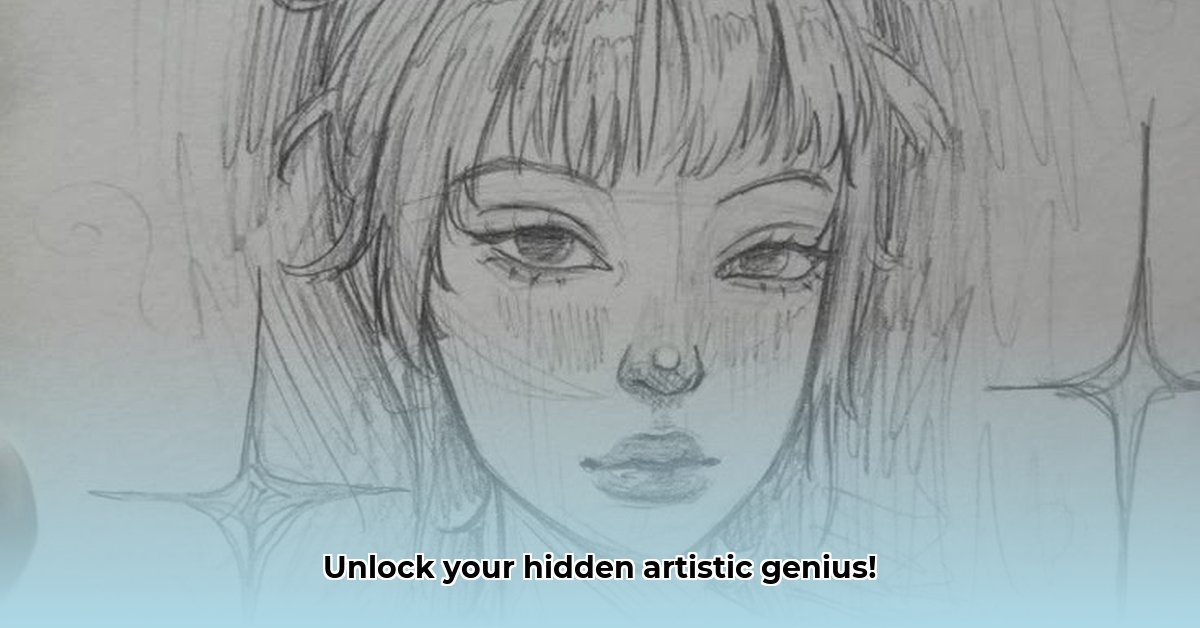
Is your tekeninge (drawing) always a bit af? (off?) Do you reckon you weren't born with an artist's hand? Moenie bekommerd wees nie! (Don't worry!) This guide unlocks the secrets to better drawing, based on Betty Edwards' brilliant book, "Drawing on the Right Side of the Brain." It's not magic, nee, (no) it's about learning to sien (see) differently. We'll show you exactly how to use Edwards' techniques—simple steps, clear explanations, and even some visuals to help you along. Whether you're picking up a pencil for the first time or you're already a bit handig, (handy) you'll find something here to improve your drawings. Get ready to surprise yourself!
Drawing On The Right Side Of The Brain Pdf: Unleashing Your Artistic Potential
Ever wished you could draw like a pro? Many think it's a gift, something you're born with. But what if I told you that anyone can dramatically improve their drawing skills, even if they think they can't draw a straight line? Betty Edwards' revolutionary book, Drawing on the Right Side of the Brain, offers a practical approach to unlock your hidden artistic abilities. Let's explore this method and how you can use it to improve your own drawings. Think you lack artistic talent? Isn't it more likely that you just haven't discovered the right approach yet?
Understanding the Right-Brain Approach to Drawing
Betty Edwards' core idea is that we often hinder ourselves when drawing. Our analytical left brains, which love logic and order, jump in too quickly, labelling things instead of truly seeing them. We might think, "That's a tree, it has a trunk and branches," and try to draw those words instead of the actual visual impression. Edwards suggests that the key to better drawing is engaging our right brains – the creative, intuitive side – which focuses on shapes, tones, and relationships between elements. It's about seeing the visual essence of a subject, not just its name.
Imagine a mug. Your left brain labels it "mug," but your right brain sees the curve of its handle, the subtle shading, the reflection of light. Edwards' techniques help you bypass those quick left-brain labels, letting your right brain take over, resulting in more accurate and expressive drawings. It's a shift in perspective, a way of truly seeing instead of merely recognising. Isn't this a more appealing way to learn?
Guided Exercises: Putting the Right-Brain to Work
Let's explore some practical exercises. Remember, consistent practice is key. Don't be discouraged if your drawings don't look perfect at first – that's normal! The improvement is in the journey.
Exercise 1: Turning Things Upside Down (Inverted Drawing)
- Choose your subject: A simple image – fruit, a household object, or a photo.
- Flip it over: Turn the picture upside down.
- Draw what you see, not what you think: Don't think "That's a banana," focus on lines, shapes, and shading.
- Focus on shapes and tones: Pay attention to the relationship between lines. Are they curved or straight? What are the shades and where are they located?
- Practice: Do this several times with different subjects.
This inverted drawing technique forces your right brain to take the lead, helping you see and reproduce shapes more accurately.
Exercise 2: Contour Drawing – Feeling the Lines
- Select an object: Choose something you can place in front of you.
- Slow and steady: Trace the outline without lifting your pen.
- Feel the curves: Concentrate on subtle curves and contours; show every bump and indentation.
- Observe the nuances: Focus on transitions of light and shadow.
- Embrace imperfection: It's okay if it's not "perfect." The point is to train your eye.
Contour drawing sharpens your observation skills.
Facing the Challenges: It's a Journey, Not a Sprint!
Many find these exercises challenging initially. Frustration is normal! Some struggle letting go of preconceived notions. Here are some tips:
- Start simple: Practice with basic shapes and objects.
- Break it down: Divide the image into smaller shapes.
- Be patient: Progress takes time. Regular, short practice sessions are more effective than infrequent, long ones.
Remember, even small improvements build confidence. Don't you agree that perseverance pays off?
The Science Behind This "Right-Brain" Approach: A More Nuanced Perspective
The idea of a strong "left-brain/right-brain" distinction is debated. While the brain has specialized areas, it's not as simple as one side being purely logical and the other purely creative. However, Edwards's method likely encourages a holistic approach to perception, engaging parts of the brain involved in both spatial reasoning and visual processing. While there isn’t a massive amount of direct scientific research, the reported success suggests something powerful is happening.. Future research might shed more light on the precise neurological mechanisms.
The Good and the Not-So-Good: A Balanced View
| Advantages | Potential Drawbacks |
|---|---|
| Improves observational skills | "Right brain/left brain" view is a simplification |
| Develops intuitive drawing abilities | Requires consistent effort and practice |
| Accessible to beginners | Results may vary widely |
| Boosts confidence and creative expression | Limited rigorous scientific backing for some claims |
Unlock Your Inner Artist: A Final Thought
Drawing on the Right Side of the Brain offers a practical and engaging approach to improving your drawing skills. It's not a magic bullet, but a powerful tool that, with consistent practice, can significantly improve your ability to see and represent what you see. Embrace the process, celebrate your progress, and enjoy the journey of unlocking your artistic potential! Are you ready to begin your artistic journey?